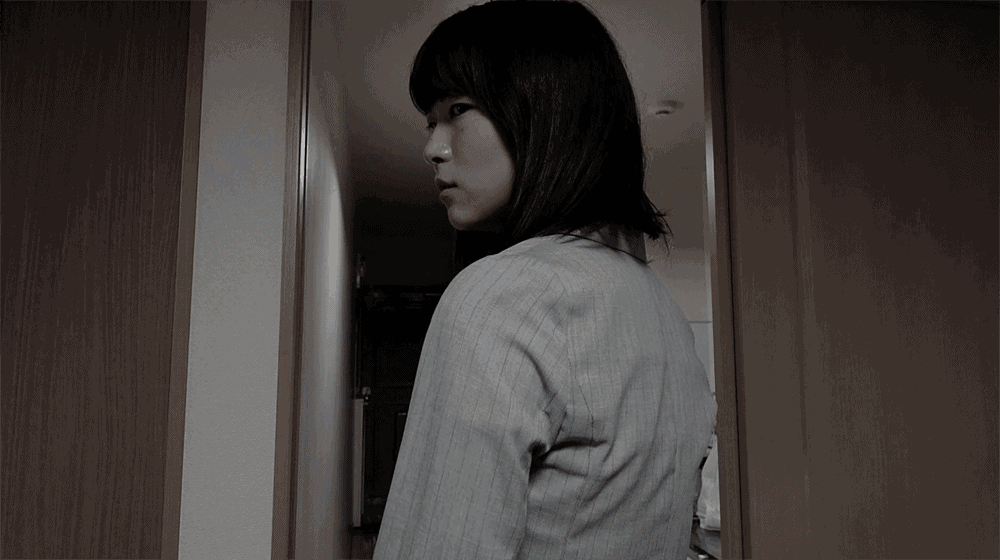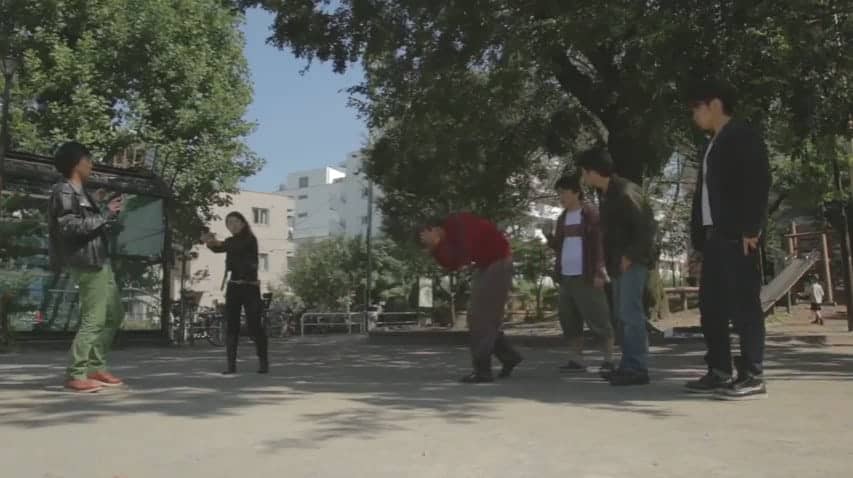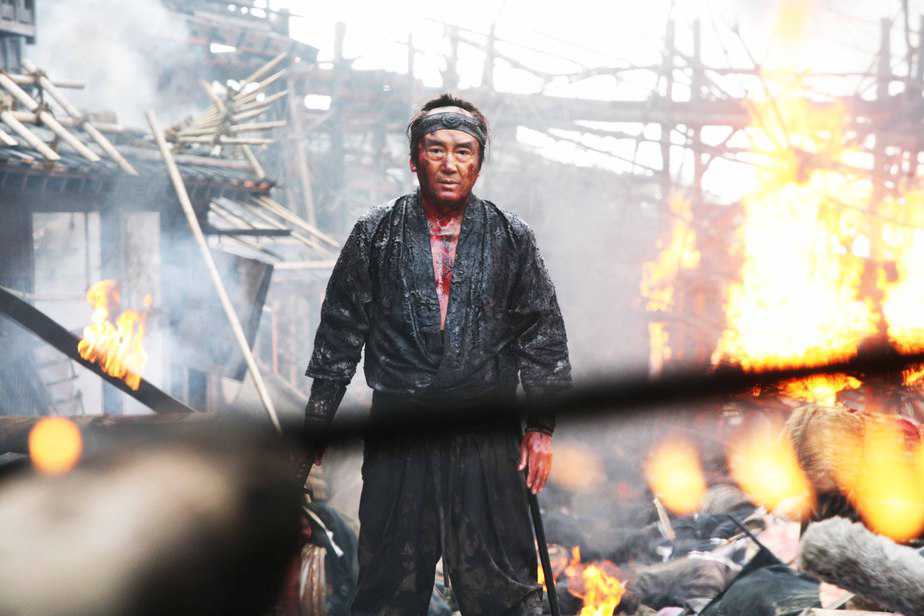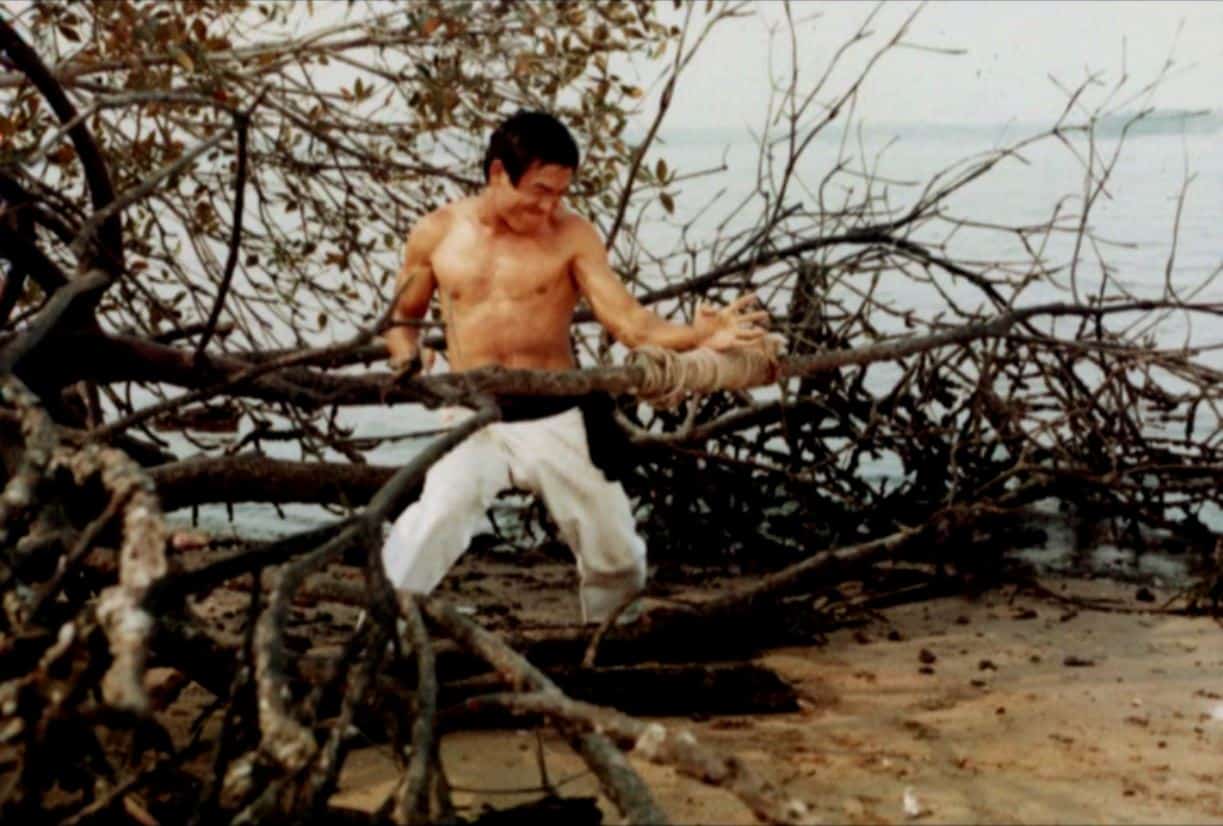“A message from Youko's sister sends Youko and Airi to the university town of Tsukuba to get some much needed maintenance done and check out the plane tarium. Then after a stop to stretch their legs at Lake Kasumigaura, the two are off to Mobility Resort Motegi—a motor sportmecca featuring a full racing circuit! But does their little electric Serowpack enough horse power to tear up the track?” (Ize Press)
The first two volumes of “Touring After the Apocalypse” set a relaxed pace of discovery in Japan, with the two main characters hopping between locations as outlined by Yoko's sister's social-media diary. While taking place after the world's end, the general tone is cheerful and informative, hitting the notes of a slice-of-life bordering on Iyashekei. As such, the book filled a perfect niche of comforting, easy-to-access reading that offered great insights into Japan's cultural landmarks and societal attitudes. The third and fourth entries break this mold slightly but still hold onto the defining elements that started the series on a solid footing.
What elements still work and stay consistent is the focus on information, as the book offers a literal tour of Japan after the apocalypse; the book does what it says on the cover. This continues to make “Touring After the Apocalypse” an ideal series for those looking to learn more about the country, and a perfect companion for those looking to travel there. Moreover, the sense of conflict remains minimal, and the characters are optimistic and humorous, even as the book introduces slightly more abstract elements into the story.
Check also this interview
As the first two volumes contained hints of what the world and technology were like before the catastrophe that wiped out the entire population, this was left as a background concept teased in a few interactions. However, volume 3 has the most sincere interaction with AI robots as the duo visits a track and gets a glimpse of the sense of purpose the machines felt and lost. This segment is an utter highlight of “Touring After the Apocalypse,” exploring Youko's love of motorcycles while creating a solid emotional connection to the technology that frames much of the story.
Not to be outdone, volume four adds a slight sci-fi element when android Airi encounters an otherworldly force. These chapters are a great highlight for the companion; even through her surreal journey, she prioritizes her friend. While both instances offer slightly more abstract explorations of post-apocalyptic Japan, they never act to derail the primary story and focus. It is a welcome inclusion for additional content and deepening lore instead of a sharp shift. Cementing this tone makes the cliffhanger at the end of the volume seem slightly less impactful, but there is a comfort in knowing the vibe of the series has been established.
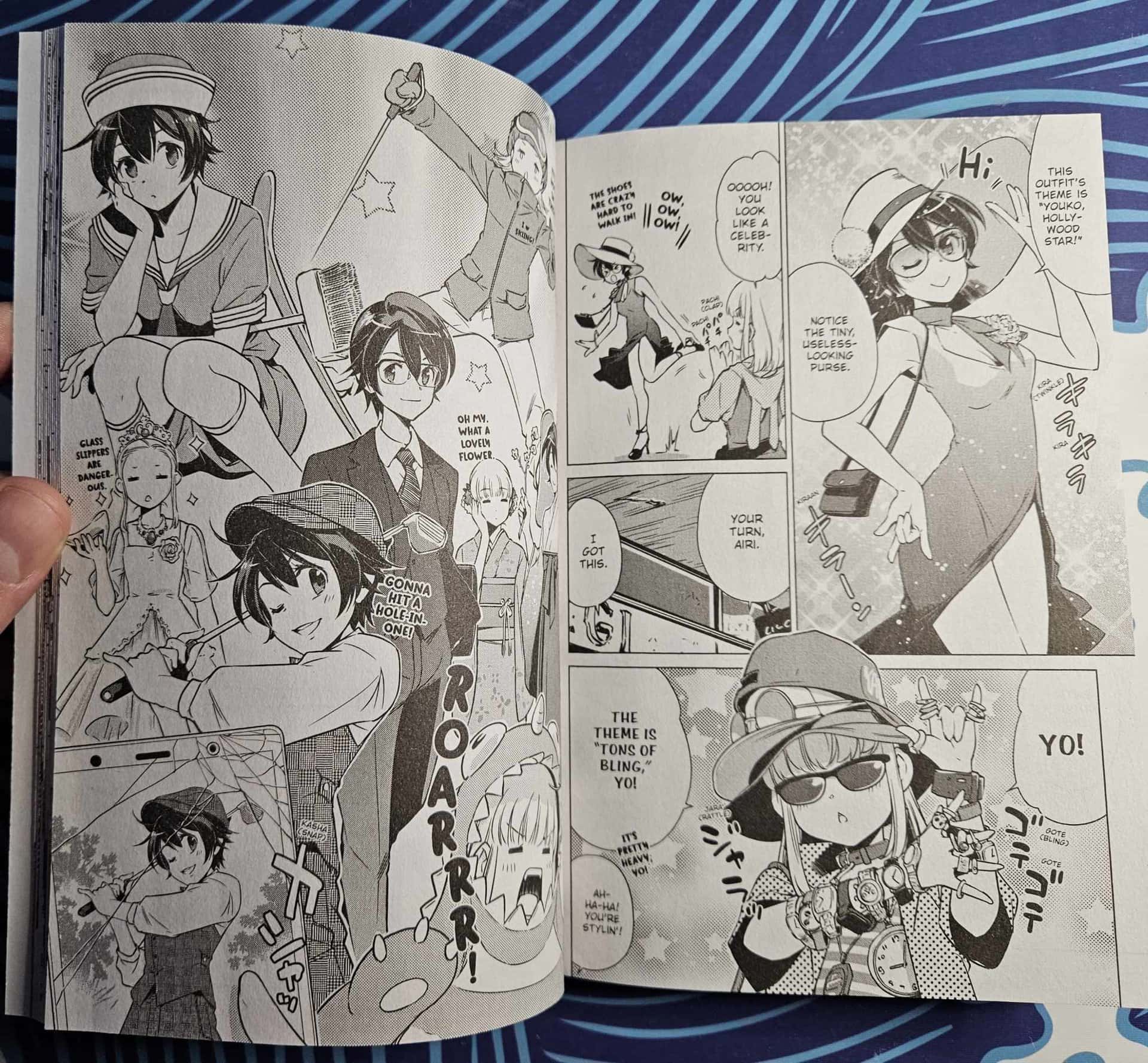
Sakae Saito's visual approach remains perfectly engaging, balancing information, personality, and picturesqueness in an ideal manner to capture the natural and manmade beauty of Japan. As the series progresses and familiarity with Youko and Airi grows, one gets the sensation of Saito falling deeper in love with her characters, as their expressive and naturally kindhearted nature feels more defined in both writing and visuals. As seen above, a notable highlight between the two is a trip to a large department store where they can indulge in their personality through a silly fashion show.
“Touring After the Apocalypse” is an easily approachable, well-written, entertaining, and educational manga that will offer plenty to specific readers. The pacing is the only real deterrent here, but most readers will know whether they are willing to approach a series with a relaxed flow or need that excitement to spark their interest before going in.




